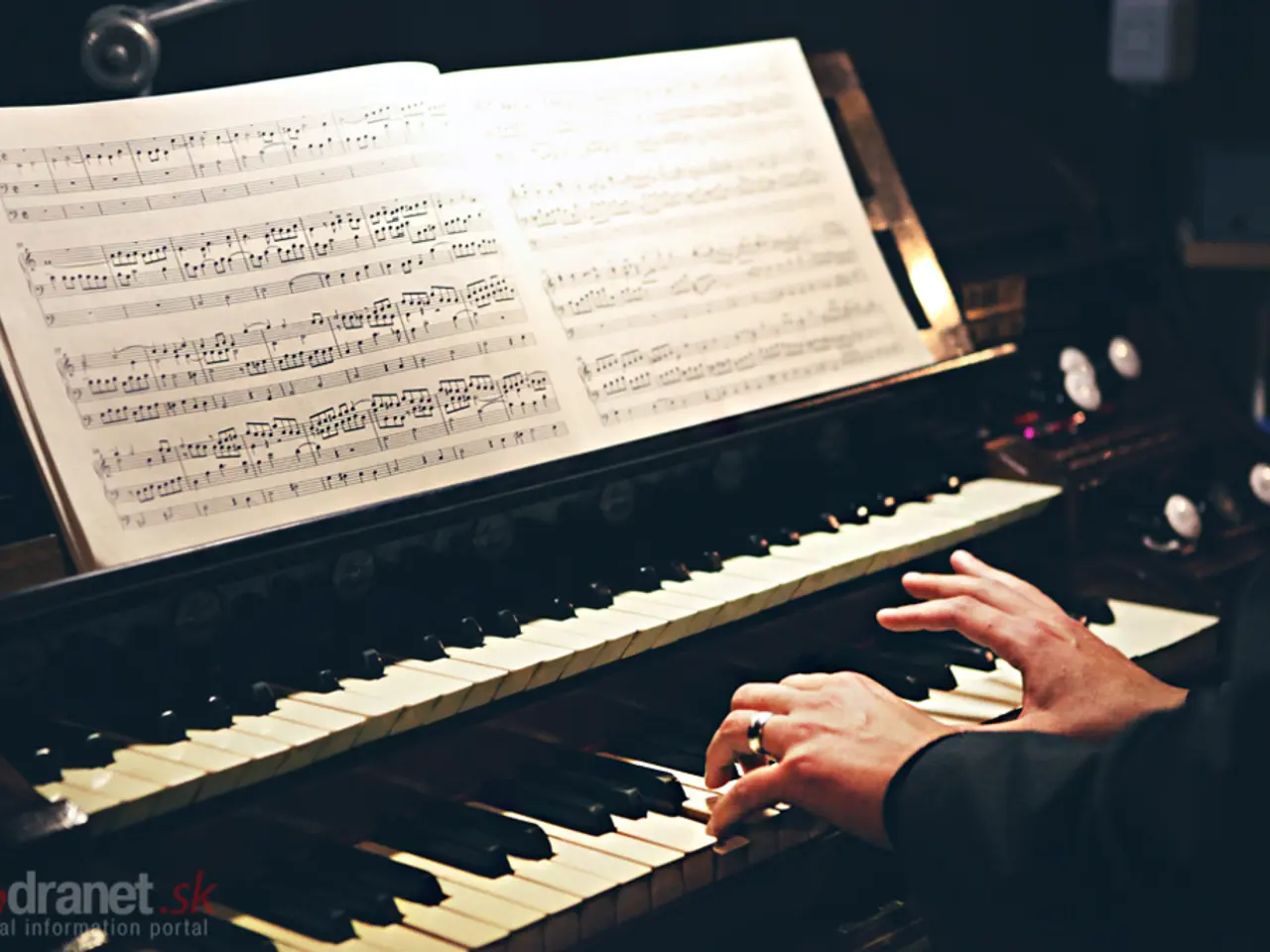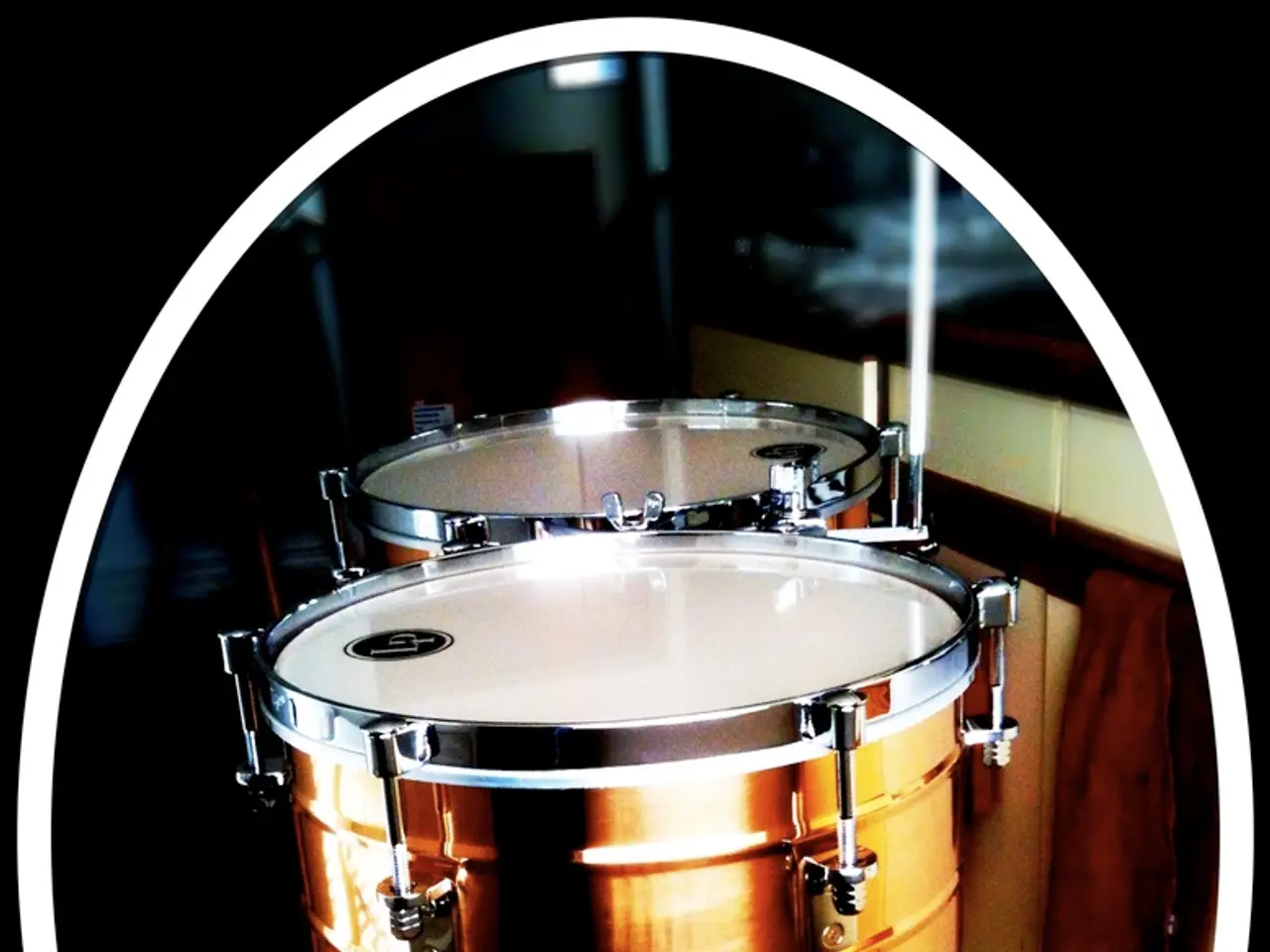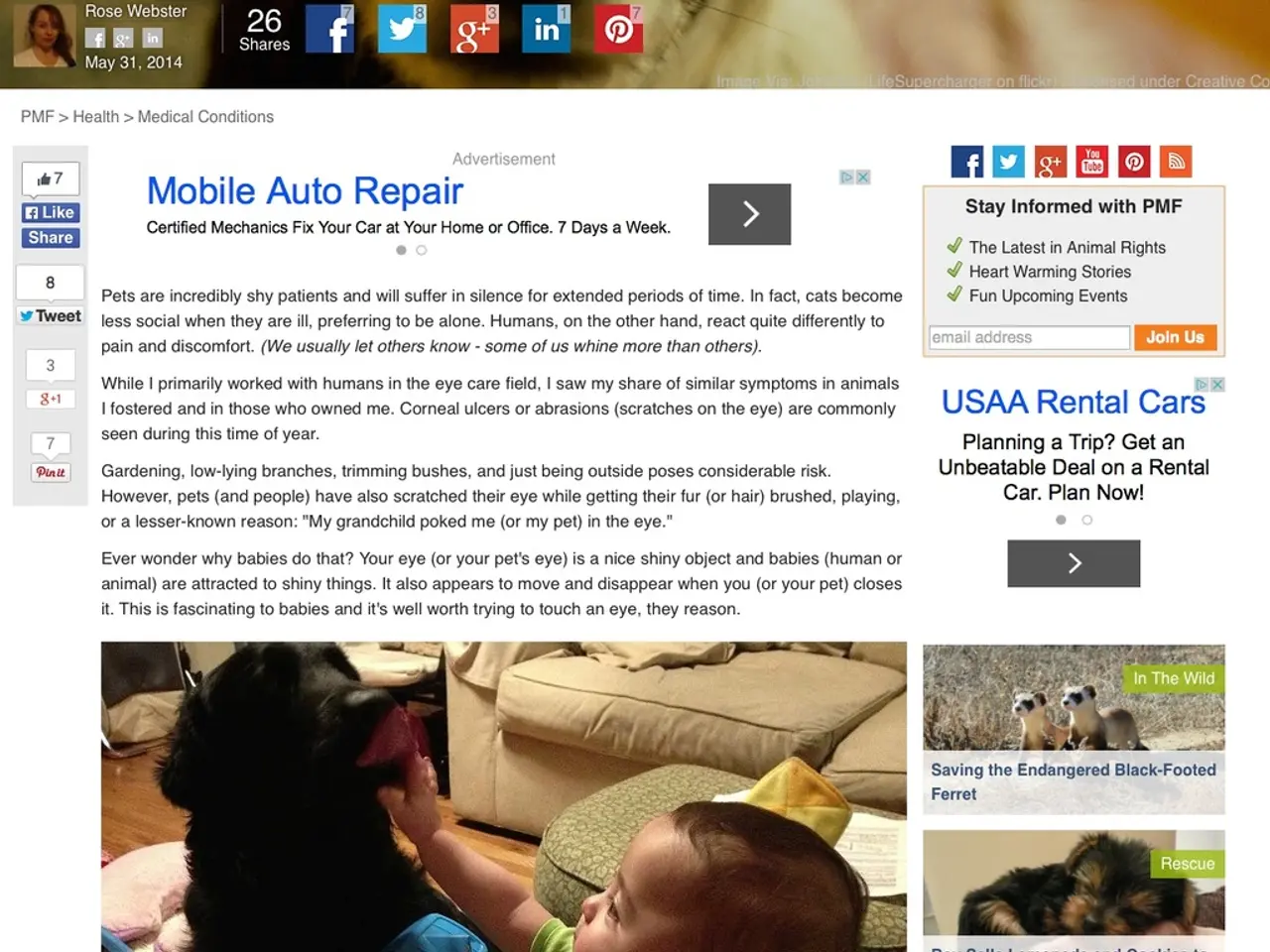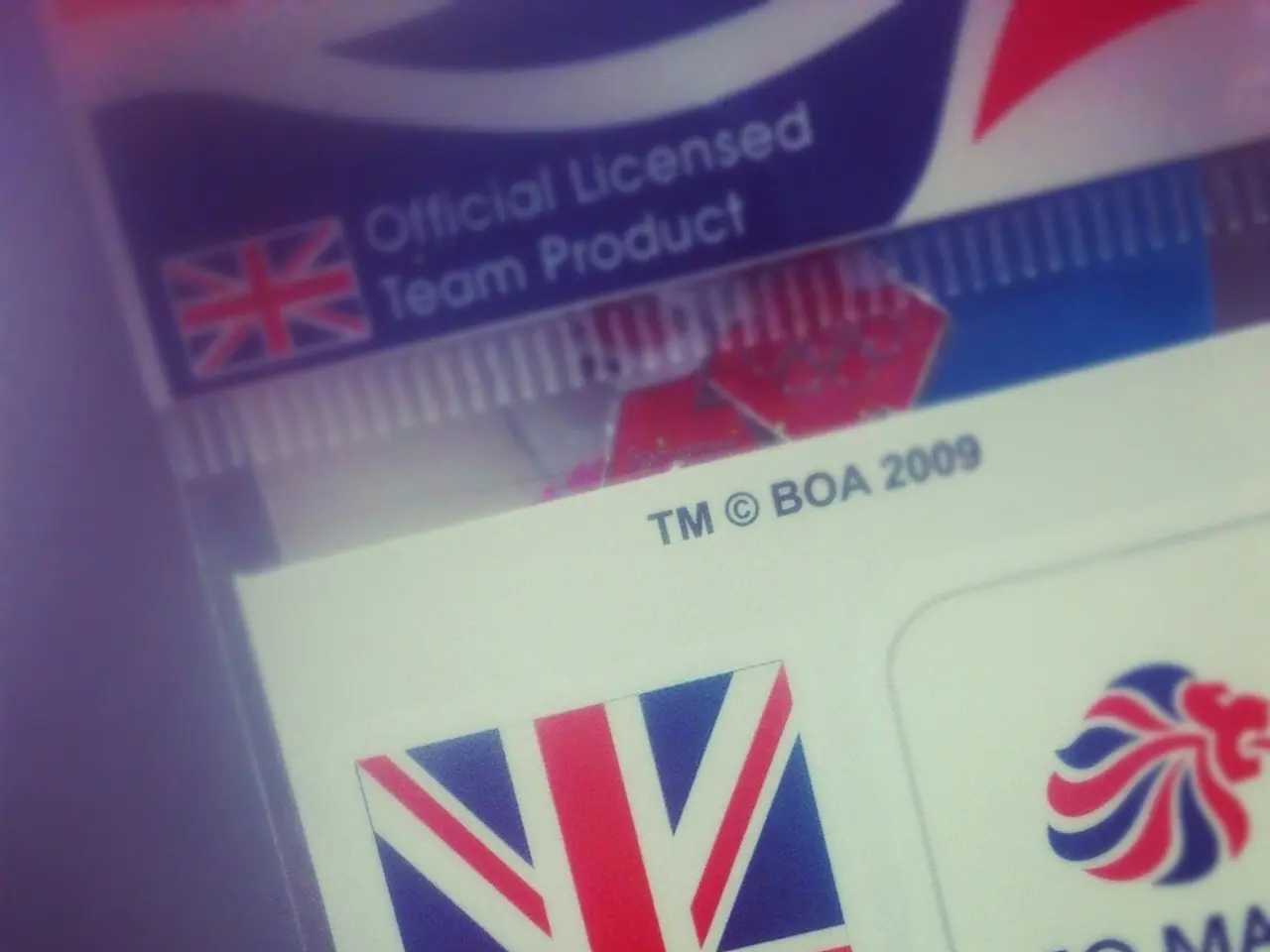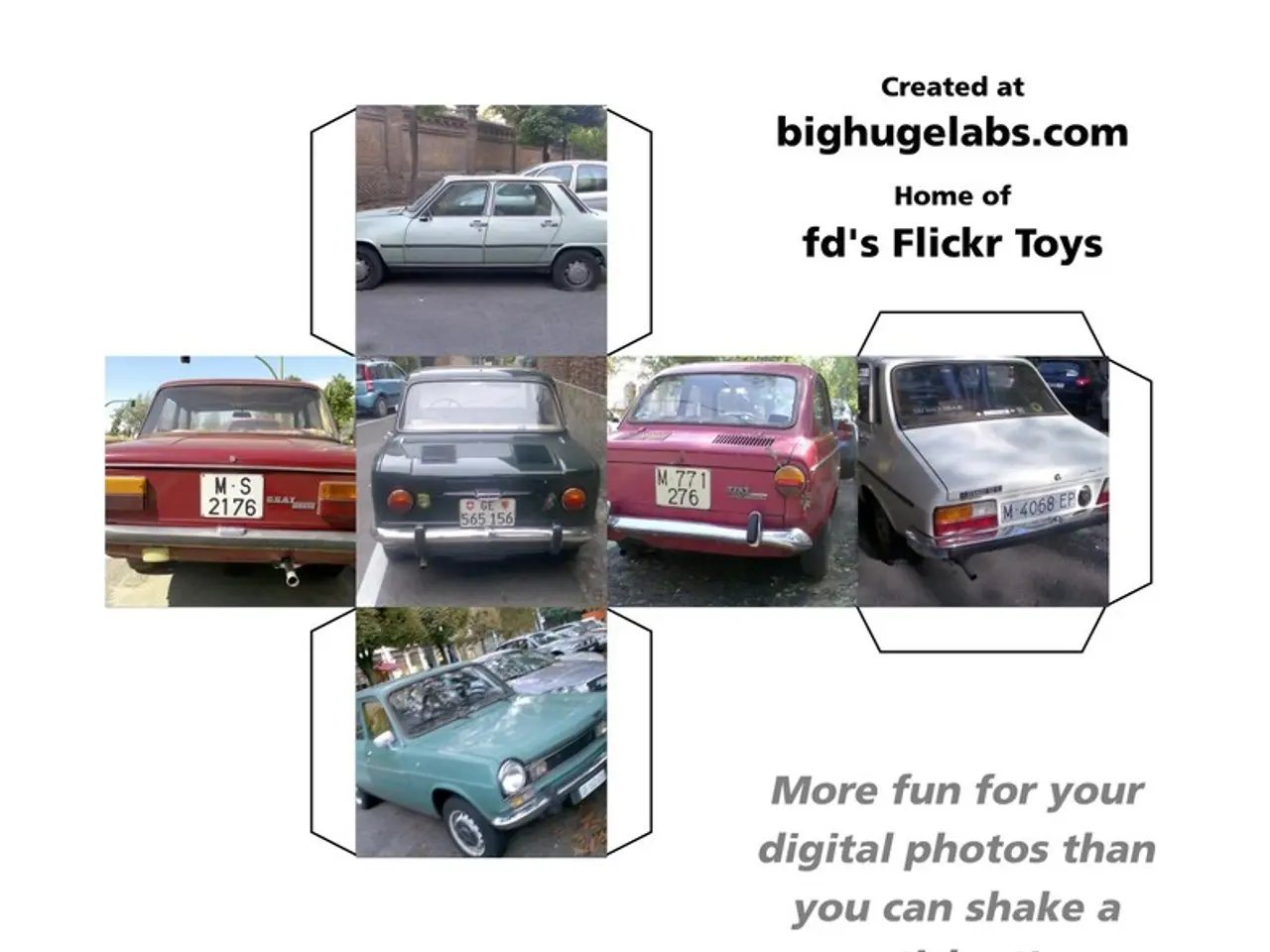Techniques for Honing Your Skill in Playing and Instant Comprehension of Sheet Music
Improving Your Piano Sight Reading Skills: A Structured Approach
Sight reading piano music can be a challenging yet rewarding skill for any pianist. Here's a guide to help you effectively practice and improve your sight reading abilities.
First, it's essential to master the basics of music reading. Always start by identifying the clefs, key signature, and time signature in the piece you're sight reading. This gives context for correct notes, rhythms, and hand positions.
Rhythm is the heartbeat of the music and foundational to sight reading. Practice clapping or tapping out rhythms before playing notes to build timing accuracy. Once you have a good grasp of rhythm, you can then focus on the pitch of the notes.
In a previous article, we discussed the differences between playing music known or completely unfamiliar. When sight reading, it's important to skim-read the rest of the piece to understand its general shape, including dynamics and tempo changes.
Before starting to sight read piano music, it's important to check the key signature. For pianists, wrist technique relies on knowing the rhythm first. After that, technique, the physical tools used to play a passage, should be considered.
To practice sight reading piano music methodically, follow a structured approach emphasizing foundational skills and consistent, focused practice. Aim for 5 minutes of focused sight reading daily. Scan the piece first, then attempt to play through it without stopping, even if mistakes occur. Slow down if needed to maintain accuracy and include dynamics for musicality.
Use the "5 Golden Rules" approach:
- Check clefs
- Identify key signature
- Understand time signature
- Spot the first notes for right and left hands
- Look for patterns like scales or chords that appear frequently.
Practice with progressively challenging material. Use tools or platforms that generate randomized music tailored to your level, gradually introducing more complex rhythms, intervals, and time signatures. This helps build adaptability.
Regularly review and apply sight reading exercises and drills. Incorporate drills that improve hand independence and coordination. Use exercises designed for your level, such as those linked to RCM (Royal Conservatory of Music) grades or downloadable practice PDFs.
By combining these steps—pre-reading key elements, mastering rhythm, practicing daily with focus, and progressively increasing difficulty—you can effectively improve your piano sight reading skills. Consistency and intentional practice are key to building confidence and fluidity when sight reading music.
Remember, sight reading piano music requires thinking on our toes and reading ahead, unlike learning a new piece over weeks or months. It's a skill that, with practice, can help improve overall music reading skills and performance. For beginners in London, piano lessons are available to help you on your musical journey.
Lastly, don't forget about sound and dynamics, including phrasing, tone, articulation, pedaling, or vibrato. These elements are important for the 'presentation' of the piece. Sight reading music can lead to adding new ideas and discovering new things about a piece of music, making it an exciting and creative process.
Composer's understanding of rhythm technique is crucial in sight reading piano music, as it sets the foundation for accurate timing. Improving sight reading can lead to the discovery of new entertainment and creative possibilities, making the music an exciting process for any beginner. Regularly incorporating sight reading exercises designed for your level, such as those from the Royal Conservatory of Music, can aid in mastering sight reading skills and ultimately enhancing your overall music performance.
